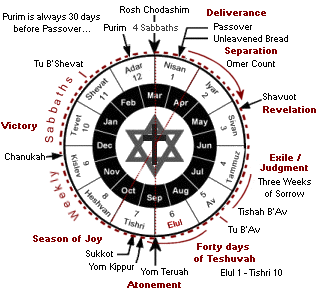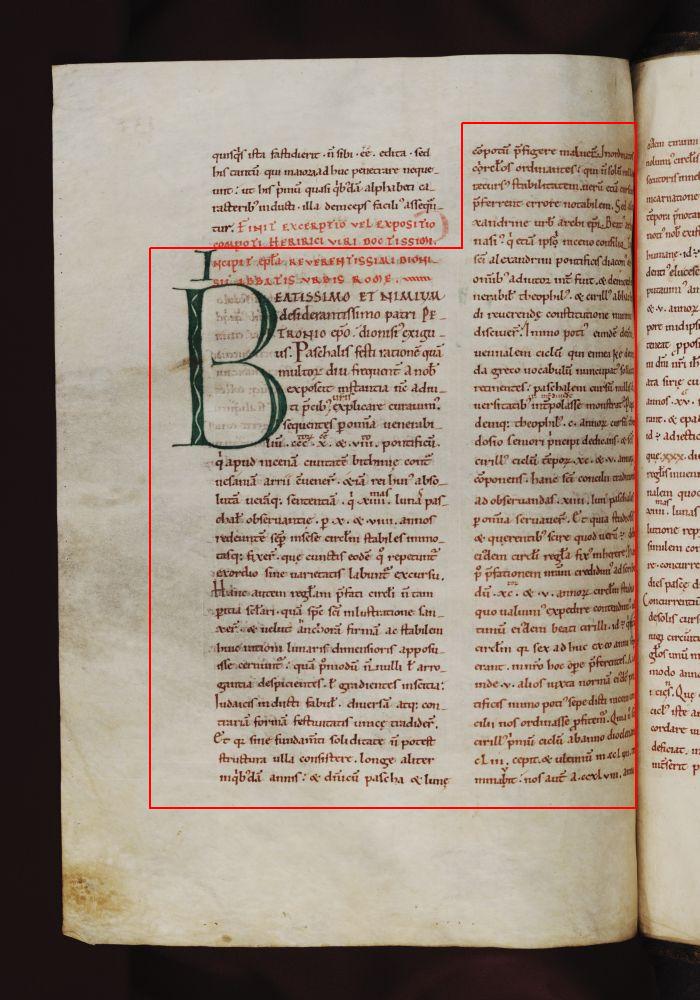
More Like This
ADVERTISEMENT
Comments
Add a Comment
Thanks for this excellent article. I was wondering, though, about planets assigned to years. Almanacs used to list a year as the year of Jupiter, for example, or year of Saturn. I'd enjoy seeing this noted in the almanac again, along with an explanation of what it meant.











